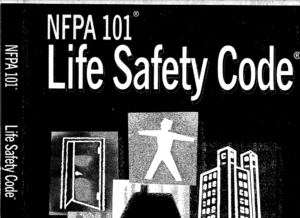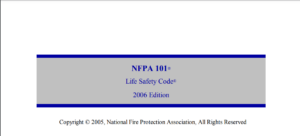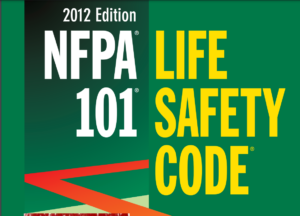The 2003 edition of the NFPA 101, Life Safety Code, is a comprehensive standard that outlines minimum building design, operation, and maintenance requirements to ensure safety from fire and related hazards such as smoke and panic. This edition, adopted by the National Fire Protection Association (NFPA) in 2002 and approved as an American National Standard in 2003, supersedes all previous versions and continues the tradition of regular updates to reflect new safety research and technology.
Originally developed from analyses of tragic fires and evolving building practices, the Life Safety Code has expanded over decades to address broader safety aspects in various occupancy types, including residential, educational, health care, and industrial facilities. It emphasizes not only fire prevention and egress but also the design and implementation of emergency systems, maintenance routines, and operational strategies that collectively enhance occupant safety.
Key provisions include detailed requirements for emergency exits, fire protection systems like alarms and sprinklers, and construction methods that improve fire resistance and egress time. The code also incorporates performance-based options that allow for alternative solutions, provided they achieve equivalent or superior levels of safety. This flexibility helps accommodate innovative designs and technologies while maintaining rigorous safety standards.
Overall, the Life Safety Code serves as an essential resource for architects, engineers, building managers, and regulatory officials, ensuring that buildings are constructed and maintained to minimize risks and provide safe environments for occupants.






